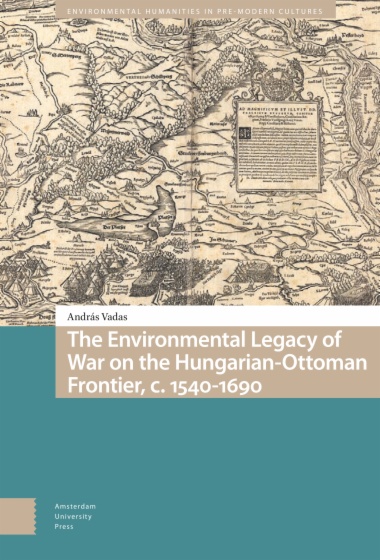In Poverty and Wealth in East Africa Rhiannon Stephens offers a conceptual history of how people living in eastern Uganda have sustained and changed their ways of thinking about wealth and poverty over the past two thousand years. This history serves as a powerful reminder that colonialism and capitalism did not introduce economic thought to this region and demonstrates that even in contexts of relative material equality between households, people invested intellectual energy in creating new ways to talk about the poor and the rich. Stephens uses an interdisciplinary approach to write this history for societies without written records before the nineteenth century. She reconstructs the words people spoke in different eras using the methods of comparative historical linguistics, overlaid with evidence from archaeology, climate science, oral traditions, and ethnography. Demonstrating the dynamism of people’s thinking about poverty and wealth in East Africa long before colonial conquest, Stephens challenges much of the received wisdom about the nature and existence of economic and social inequality in the region’s deeper past.
- Cover
- Contents
- Acknowledgments����������������������
- Introduction�������������������
- Chapter One. Methodologies and Sources for a Conceptual History of Economic Difference over the Longue Durée
- Chapter Two. Excavating Early Ideas about Poverty and Wealth
- Interchapter. Overview of Climate Developments
- Chapter Three. The Bereft and the Powerful: Greater Luhyia Concepts of Poverty and Wealth through the Nineteenth Century
- Chapter Four. Gender and Honor: North Nyanza Concepts of Poverty and Wealth through the Nineteenth Century
- Chapter Five. Orphans and Livestock: Nilotic Concepts of Poverty and Wealth through the Nineteenth Century
- Chapter Six. Wealth, Poverty, and the Colonial Economy: Nineteenth and Early Twentieth Centuries
- Conclusion�����������������
- Appendix: Reconstructed Vocabulary�����������������������������������������
- Notes������������
- Bibliography�������������������
- Index������������

